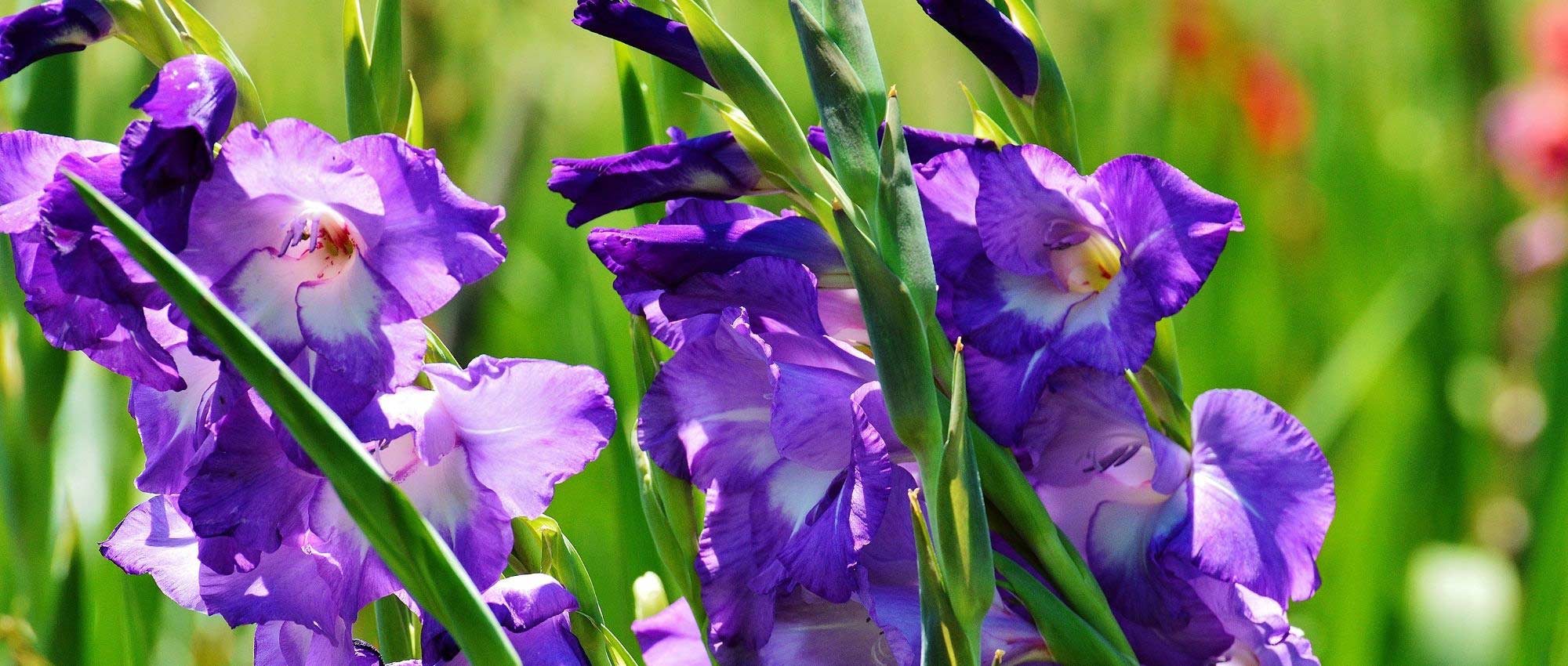
10 summer bulbs to plant in spring
To create colourful, lively flower beds!
Contents
At the end of winter, when temperatures start to ease, it’s time to prepare the garden for summer by planting, in particular, summer-flowering bulbs. Most will give you brightly coloured, vivid flowering displays, such as gladioli, dahlias, crocosmias… Note that some (such as cannas or dahlias) are not true bulbs botanically speaking, but rather rootstocks or tubercles, yet they are grown in the same way as other bulbous plants, which is why we present them here.
Plant these bulbs or pseudo-bulbs in spring, once risk of frost has passed. Grow them in well-draining soil to prevent rot. Some are sensitive to cold and therefore need to be overwintered, that is dug up in autumn and stored under cover for winter, then replanted in spring. Note that flowering of some summer bulbs can be hastened. For this, discover our advice sheet: Preparing summer bulbs.
In any case, we recommend checking the growing requirements of those you choose.
Finally, for colourful, vibrant borders, do not hesitate to associate them with plenty of perennials in summer flowering and with ornamental grasses! Here are 10 essential summer bulbs you can plant in spring.
Gladioli
Gladioli are exuberant plants that produce flowers in a wide range of colours, often in bright, vivid hues. There is great diversity of species and varieties. Flowers are large and arranged in very straight, upright spikes. They attract attention by bringing lots of colour and vitality to a border. Gladioli flowers are ideal for arranging in bouquets. Gladioli thrive in full sun and in well-drained soil. We especially like Gladiolus italicus for its pink flowering, very natural and wild in appearance. Also discover the superb Acidanthera (Gladiolus callianthus), which offers very elegant flowering, with large white flowers contrasted by a black maculate centre.
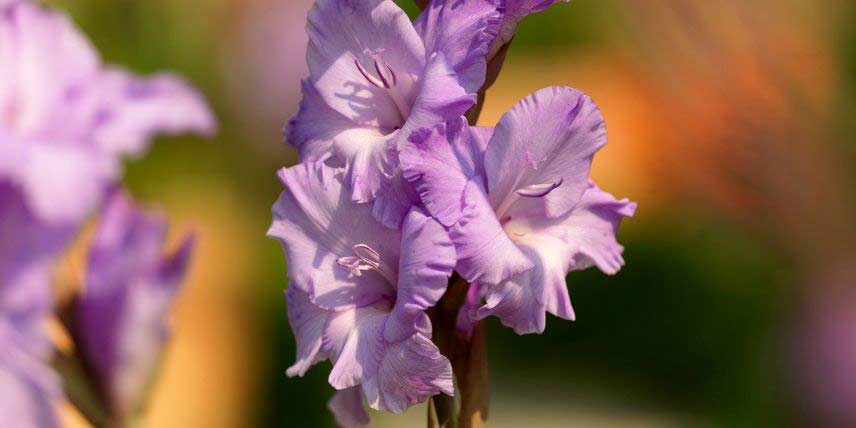
Gladiolus ‘Milka’ (photo Steven Bemelman – iBulb)
→ Discover nearly 50 varieties of Gladioli in our nursery as well as our comprehensive guide to Gladioli: everything you need to know to plant them correctly, care for them and ideas for combining them in the garden
Read also
Bulb sizes: how to choose?Dahlias
Dahlias also provide, very colourful, long-lasting flowering. There are countless horticultural varieties, offering flowers in a wide range of shapes and colours. Flowers can be single or double. Dahlias fit easily into a colourful mixed border. They thrive in sun, in rich, moist, well-drained soil, preferably sheltered from strong winds. As with gladioli, in cold climates dahlia tubers should be brought indoors for winter and replanted in spring.
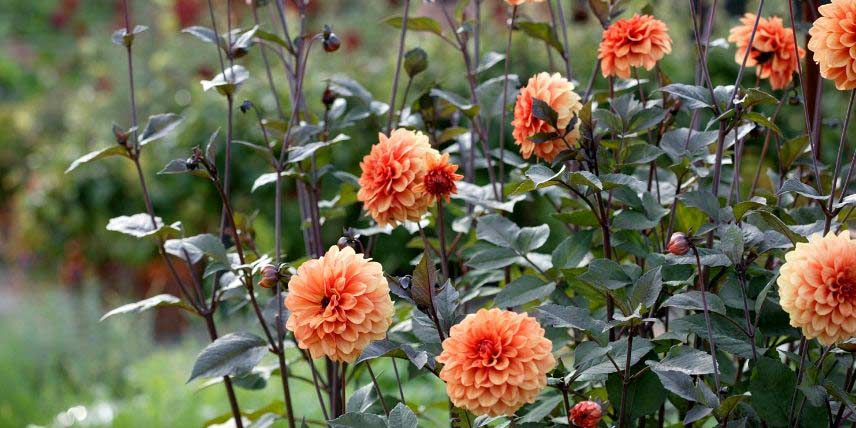
Dahlia ‘David Howard’ (photo Leontine Trijber – iBulb)
→ Our collection includes more than 300 varieties of Dahlias; discover them and our comprehensive guide to Dahlias: everything you need to know to plant them properly, care for them and ideas for combining them in the garden
Discover other Summer flowering bulbs
View all →Available in 1 sizes
Available in 1 sizes
Available in 1 sizes
Available in 1 sizes
Available in 1 sizes
Available in 2 sizes
Available in 1 sizes
Available in 1 sizes
Available in 1 sizes
Available in 1 sizes
Crocosmias
Crocosmias are superb perennials that bear warm-toned flowers in summer, yellow – orange – red. Their flowering lasts a long time, often extending from July to September–October. They also offer superb foliage, long and narrow, bright green. Depending on variety, crocosmias range from 60 cm to 1.2 m in height. They have both an architectural and exotic habit. Crocosmias need a sunny position and well-draining soil that does not retain too much moisture in winter. They are fairly easy to grow.
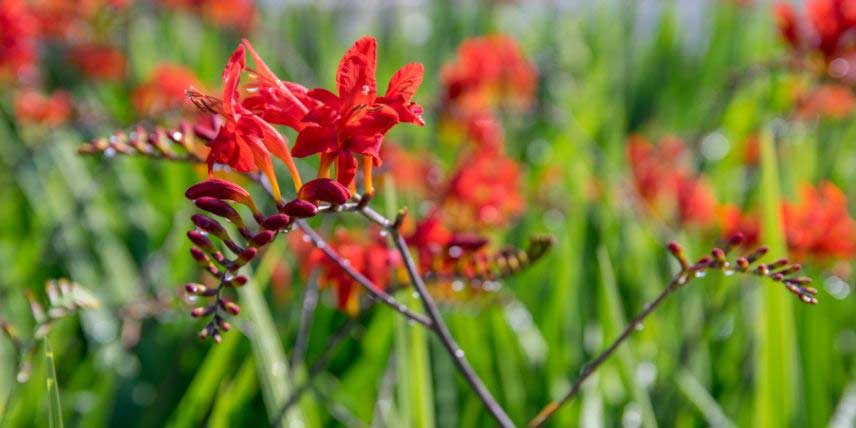
→ Most beautiful Crocosmias await in our nursery! Feel free to consult our care guides for tips on successfully growing them and ideas for pairing them in the garden
Read also
Garden: choosing the right labelsAgapanthus
Superb perennials native to South Africa, Agapanthus enchant with their flowering, usually blue but sometimes white or mauve, depending on variety. Some even have very dark, almost black flowering, such as Agapanthus ‘Black Magic’. Their flowers are star-shaped and gathered in umbels, carried on an upright, stiff stem. Agapanthus also have long green leaves, which may be deciduous or evergreen. They do not really form a bulb but rather a tuberous stump. Agapanthus are prized in gardens for their graphic, exotic habit, and easily find a place in contemporary gardens. Check hardiness of the variety you grow: some are sensitive when temperatures fall below −5 °C, while others can withstand down to −15 °C.
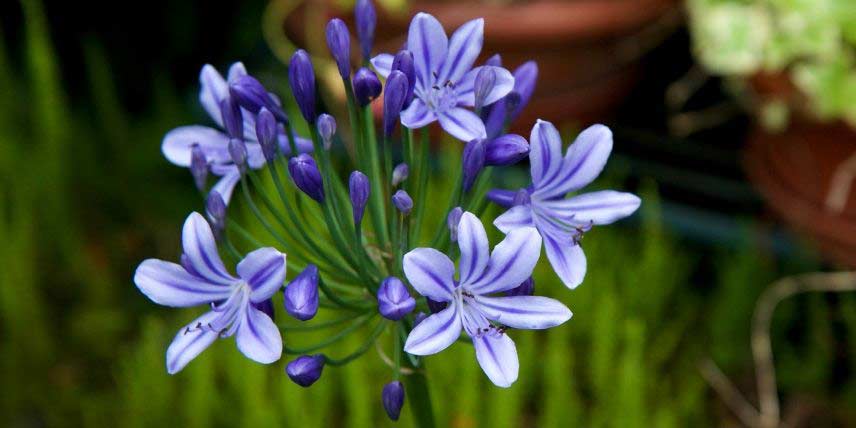
→ With white, blue or violet flowers, we offer a wide range of Agapanthus. And to grow them well, find all our articles: choosing the right variety, planting, care and garden combinations — we tell you everything about Agapanthus!
Eucomis
Eucomis, also called « Pineapple flower », are stunning plants with very exotic, distinctive flowering. Their colours are surprising too. Inflorescences can, for example, be greenish, purplish, or pale yellow… They are erect clusters composed of a large number of small star-shaped flowers. Leaves of Eucomis are sometimes tinged with purple or burgundy. Eucomis need soil to remain relatively cool in summer. They thrive in full sun, in rich, well-draining soil.
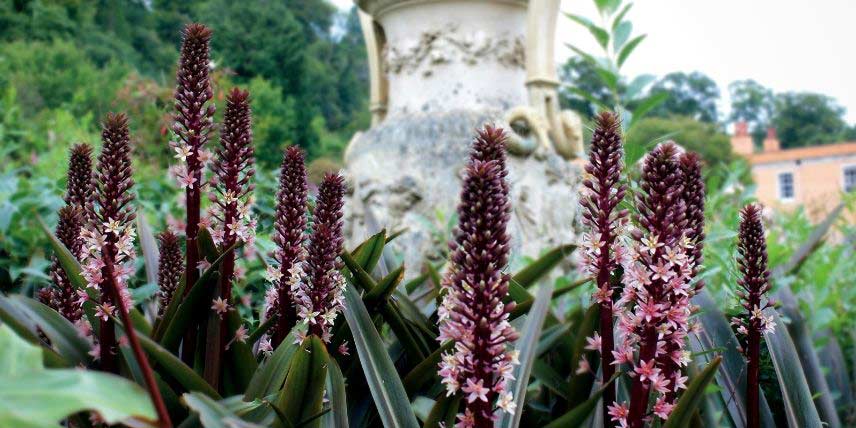
Eucomis ‘Sparkling Rosy’
→ Discover our wide selection of Eucomis and follow our tips to successfully grow this “Pineapple flower”
Arums
Arums offer an elegant, funnel-shaped flowering. Their flowering takes place between May and August. They also carry attractive foliage, allowing a lush atmosphere to be recreated. Best known is Zantedeschia aethiopica, with white flowers featuring a very pure yet original look. An elongated central spike (spathe), yellow or orange in colour, is enveloped in a flared bract (spadix), white, which takes the form of a funnel. There are also Arums with colourful flowering — yellow, orange, red, pink, deep purple… Leaves are large and sagittate (in the shape of a leading shoot), dark green in colour. Arums appreciate fresh, even wet soils.
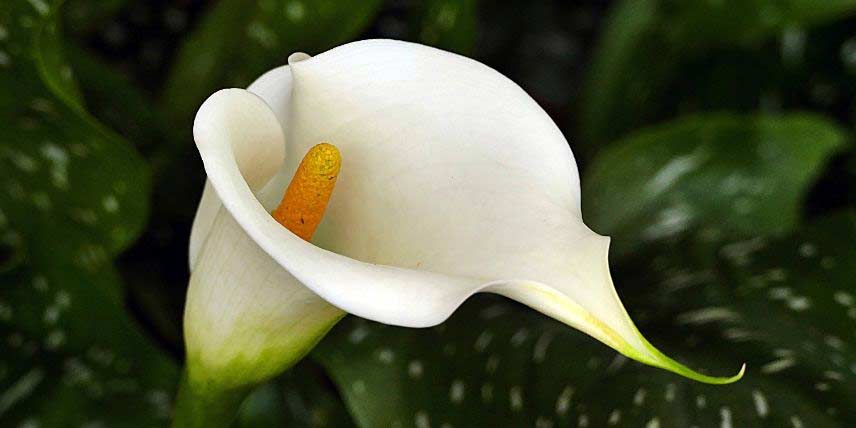
Zantedeschia aethiopica (photo Bernard Spragg)
→ Discover our range of Arums and all our tips for planting, to grow and caring for them
Lilies
Except for Madonna lily, which is planted exclusively in autumn, most species of lily can be planted in either spring or autumn. Asian lilies, in particular, are particularly well suited to spring planting. Lilies impress with their majestic, refined flowering. There are a great many varieties, with flowering that ranges across a rich palette of colours. They produce straight, erect stems bearing flowers that are trumpet-shaped or star-shaped. Some varieties have very fragrant flowering. Lilies prefer rich, well-drained, slightly acidic soils.
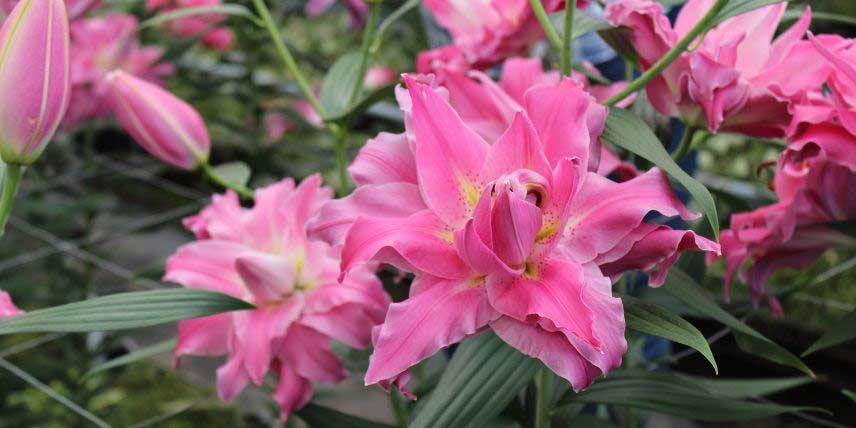
Lilium ‘Dreamline’
→ Our collection of Lilies includes nearly 60 varieties, discover them as well as our comprehensive guide to their cultivation
Canna
Canna has a rootstock rather than a true bulb, but is grown in the same way as dahlias, for example. Its rootstocks should be planted in spring and lifted in autumn to overwinter under cover and be kept dry. Canna thrives in full sun, in soil rich in humus, moist and well-drained. It produces superb flowering in warm tones (yellow, orange or red), and lush foliage. It has large, broad leaves, which can be green, but also purple, or variegated with creamy yellow, depending on variety. They are sometimes very beautifully striated, like those of Canna striata!
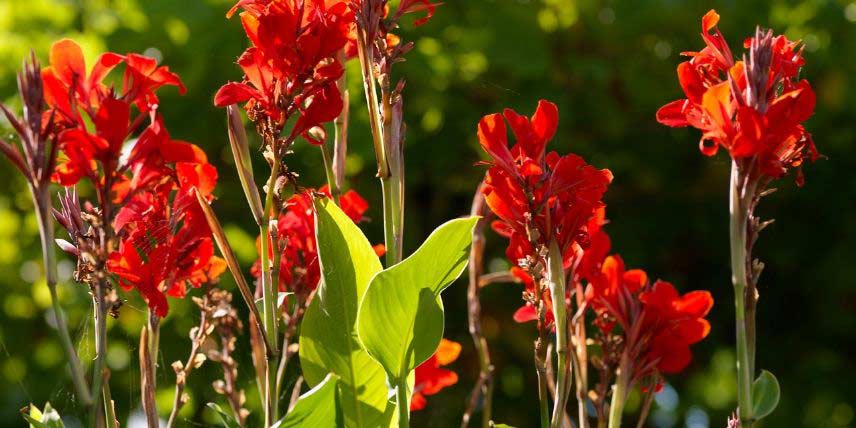
Canna ‘Brilliant’ (photo Steven Bemelman – iBulb)
→ Discover our selection of Cannas and follow our tips on how to grow, divide and pair them in the garden
Bletilla
Bletillas are garden orchids that flower in early summer, usually in June–July. They are also called “hyacinth orchid”. Flowers are striking, with bilateral symmetry and a refinement that makes them quite characteristic of an orchid flower. Type species Bletilla striata has a pink–mauve flowering, but white-flowered varieties also exist. Foliage is green, slender and plicate along its length. Plant forms a short rootstock on which pseudobulbs appear. Bletillas are hardy and fairly easy to grow. They require little maintenance.
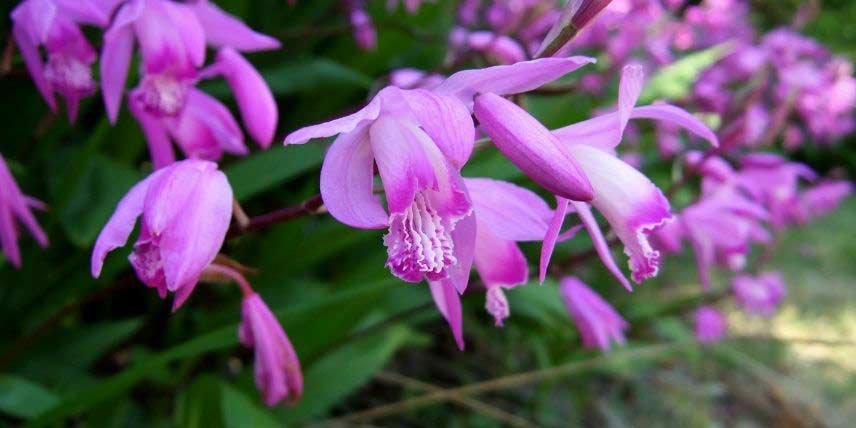
Bletilla striata (photo Midori)
→ We offer several Bletilla varieties, discover them and our tips to grow this garden orchid
Tigridia
Tigridia pavonia, also called Peacock Eye, offers distinctive flowering in warm tones (red, orange, pink, yellow, white…). The flowers are borne at the top of erect stems and consist of three large sepals, giving them a more or less triangular shape. Closer to the centre of the flower, three much smaller petals are inserted between them. The centre of the flower is often maculate with red or pink spots and surrounded by a yellow rim, which really draws the eye and creates a striking contrast. Tigridia is not hardy, so it is important to lift the bulbs in autumn and store them under cover, in a dry place.
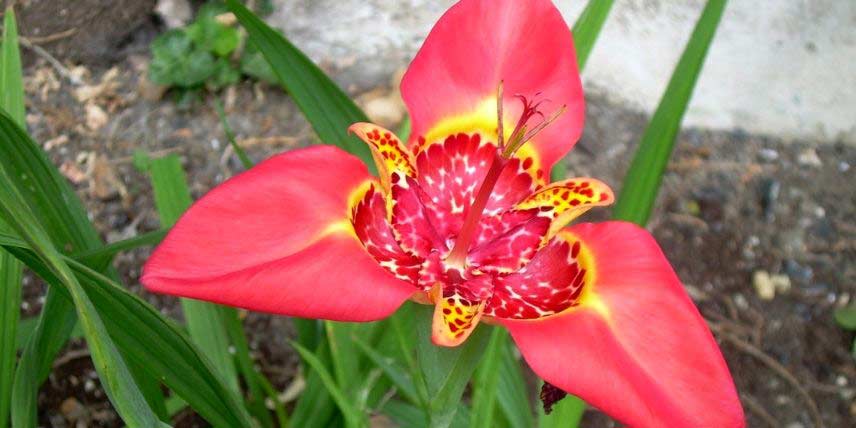
Tigridia pavonia (photo Samantha Maillard)
→ Discover our Tigridia called ‘Peacock Eye’ in our nursery
To learn more
Read our other articles :
- Our top 9 summer bulbs with orange flowers for full sun
- Subscribe!
- Contents
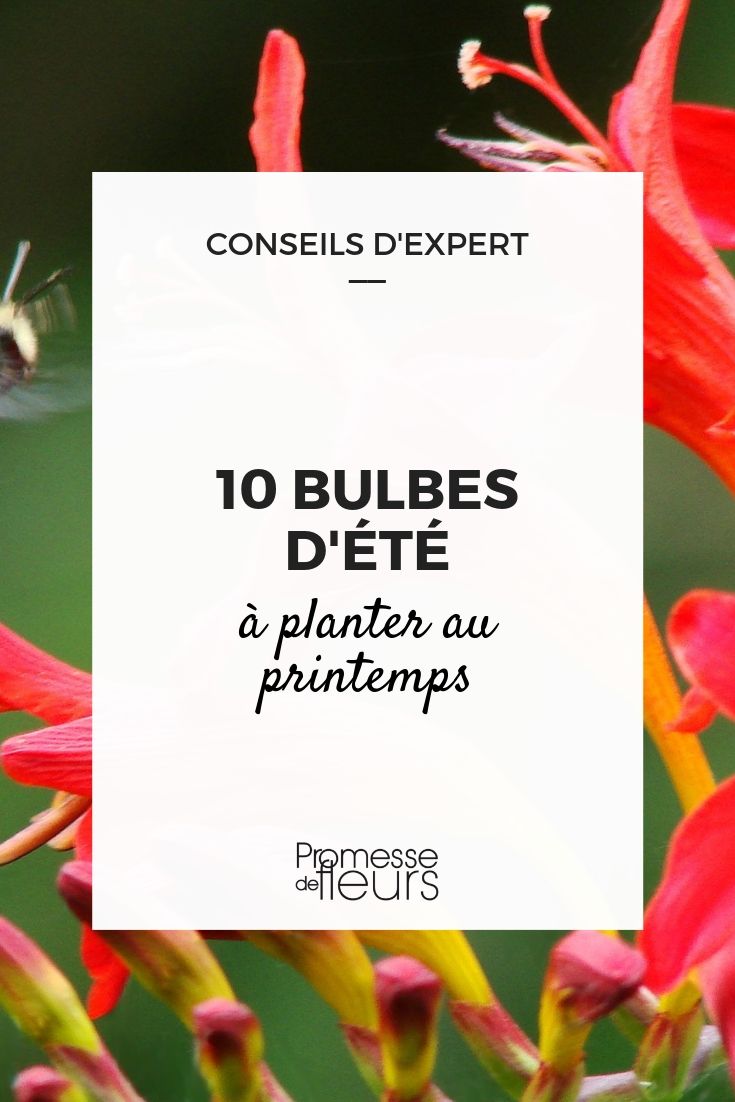































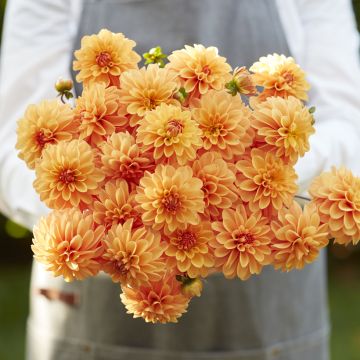
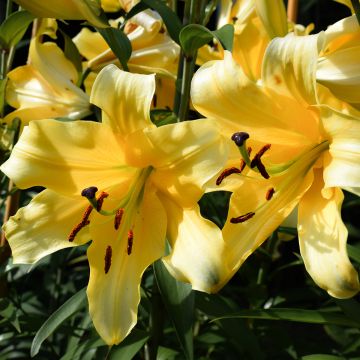
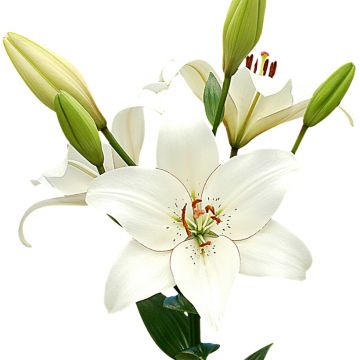
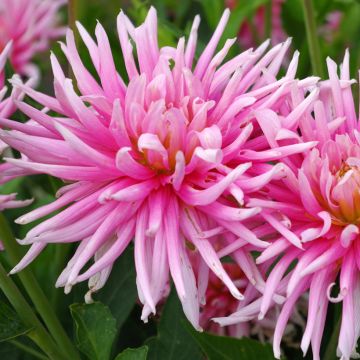


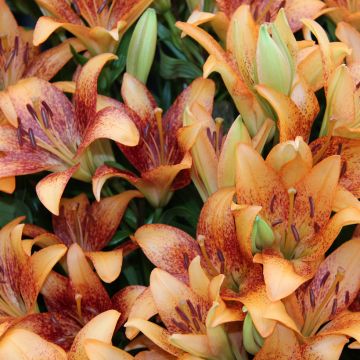
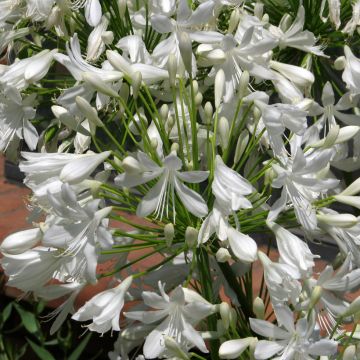
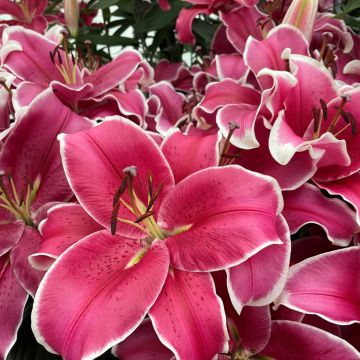
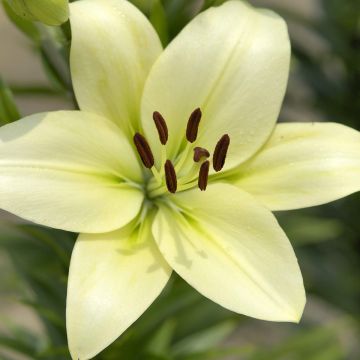
Comments